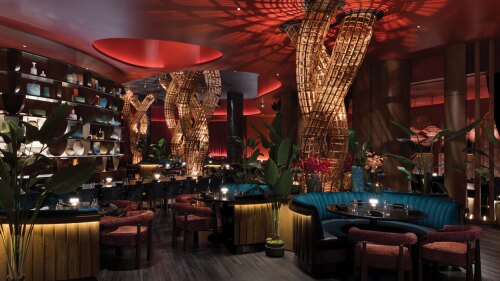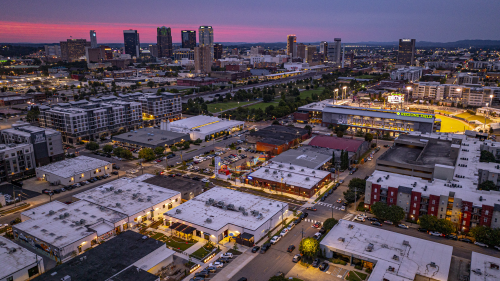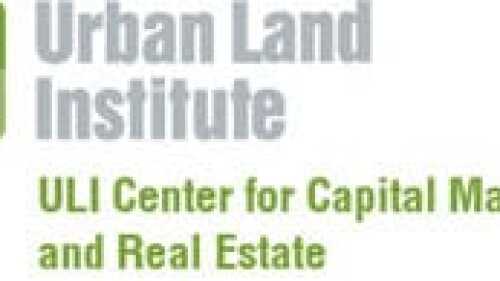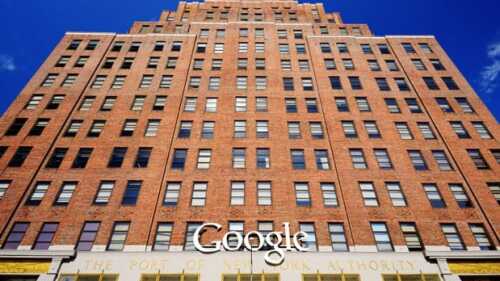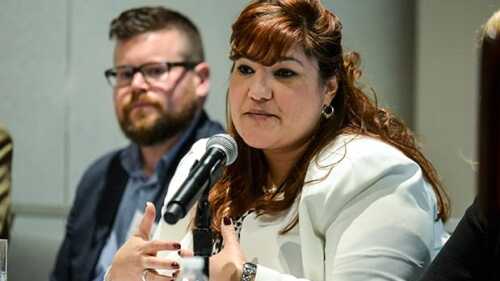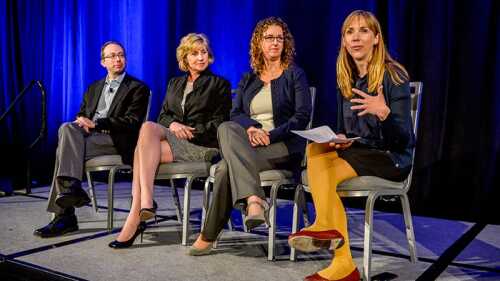Property Types
Hotels and Resorts
The hotel industry in the United States faces complex challenges in 2025, according to Jan Freitag, national director of hospitality analytics for the CoStar Group. During the “State of the U.S. Hotel Industry” presentation at the ULI 2025 Spring Meeting in Denver, Colorado, Freitag highlighted the challenges facing the hotel business amid macroeconomic uncertainty.
Once a sprawling expanse of uncharted land, Las Vegas, Nevada, has evolved into the entertainment capital of the world, a gaming super-hub, and a premier destination for sports. This remarkable transformation didn’t happen overnight; it stemmed from decades of strategic planning, investment, and visionary zoning recommendations.
Las Vegas is unlike any other place in America. Each year it draws more than 40 million visitors to the dazzling casinos and hotels that “turn night into daytime”—and transform the city into a glittering jewel in the desert. With 164,000 hotel rooms, Las Vegas is the largest hospitality market in the U.S.—outpacing Orlando, Florida, the next biggest market, by approximately 15 percent, according to JLL.
Industrial
Standing in the shadow of Regions Field and within earshot of Railroad Park, Birmingham’s Urban Supply hints at what the next chapter of downtown life could look like. Once-quiet brick warehouses are being steadily reimagined into patios, storefronts, and gathering spaces along a new pedestrian alley. Early tenants have begun to open their doors, and programming is slowly bringing people into the district. While the project is still in its early stages, the framework is in place for a vibrant hub that will grow block by block in the years ahead.
What trends are shaping the future of the industrial sector? Four experts from ULI’s Industrial and Office Park Development Council talk about the industrial submarkets and property types that offer the greatest opportunities, challenges developers face in bringing new projects to market, ways artificial intelligence and emerging technologies are reshaping the sector, tenant priorities, and other key trends.
After a quiet first half of 2024, CMBS originations increased 59 percent in Q3 on a year-over-year basis, according to the Mortgage Bankers Association’s Quarterly Survey.
Mixed-Use
Hawthorne, California, has gone from near financial catastrophe to having one of the highest assessed values in Los Angeles County. Read how redevelopment of the Los Angeles Air Force Base and the Hawthorne Municipal Airport, both near Los Angeles International Airport, provided housing, light-industrial space, and retail space and helped spark the local economy.
Los Angeles’s entertainment and retail centers, the fastest growing of which are bolstering urban cores throughout the region, have been a source of economic strength even as the housing market—traditionally a prime economic engine—for the most part has dramatically deflated. Read about the changes that have occurred in this sector of the LA. economy, and the changes still to come.
A $295 million shared education and research facility for four universities in downtown Portland, Oregon, is intended to address a long list of objectives in one facility. Read about the many opportunities for both physical and financial savings created by co-locating programs from the universities, and the method devised to allocate space annually among the facility’s constituent institutions.
Multifamily
Willowsford is a master-planned community in suburban Washington, D.C., with a range of luxury single-family housing and a wealth of amenities, including a working farm that grows more than 200 varieties of produce for residents.
In search of better returns, investors are finding their way back to real estate.
Lows and highs were energized this month: unemployment dropped to an almost four-year low; cap rates stayed near four-year lows, but moved enough to suggest a broadening buyer appetite for secondary markets; CMBS issuance vaulted to an almost five-year high; and multifamily permits were near four-year highs.
Office
The downtown area attracts office tenants, residents, and tourists as it rebuilds.
As New York City’s burgeoning tech economy continues to grow, startups face the same challenges for office space they would anywhere else—but have the added challenge of Manhattan-level price tags, vying for space with law firms, banks, and other well-financed tenants.
Extracting oil and natural gas from shale is just one driver of the state’s latest glory days.
Residental
With the trend toward urbanization increasingly pricing families out of housing in cities, one solution to the problem would be to simply construct more affordable multifamily housing stock in the suburbs.
Panelists at the recent ULI Housing Opportunity Conference discussed the impediments to low- to moderate-income wage earners achieving homeownership, saying that most large lenders and many regional and smaller lenders have lost their ability to originate layered mortgages, due to the increased complexity of the new regulatory environment.
In February, Enterprise Community Partners unveiled an ambitious policy platform that is intended to improve the lives and outcomes of housing-insecure families.
Retail
For decades, civic leaders have tried to revitalize Market Street, San Francisco’s central thoroughfare, only to see their efforts founder. “I sometimes call it the great white whale of San Francisco,” says Eric Tao, managing partner at L37 Development in San Francisco and co-chair of ULI San Francisco. “Every new mayor, every new planning director, every new economic development director has chased that white whale.” This year, however, an international competition of ideas hosted and run by ULI San Francisco, with support from the ULI Foundation, generated fresh momentum for reimagining the boulevard. The competition drew 173 submissions from nine countries and sparked new conversations about the future of downtown San Francisco.
The OAK project began in 2009, when a development firm set their sights on the corner of Northwest Expressway and North Pennsylvania Avenue, the state’s most important and busiest retail intersection. As the region’s only parcel capable of supporting a vertically integrated project of this scale and density, that land represented an opportunity to create something truly special.
As aging retail continue to evolve, one increasingly popular trend has been to redesign malls as town centers—recalling a time when such commercial districts were the heart and soul of a community. Mall–to–town center retrofits are emerging throughout the nation, especially in suburban communities, where pedestrian-friendly, mixed-use environments are highly attractive to millennials now raising families.



